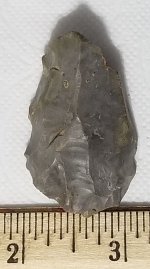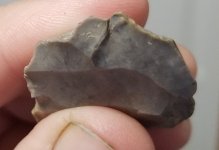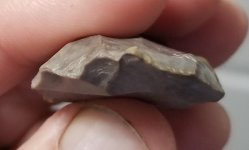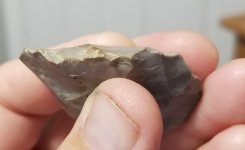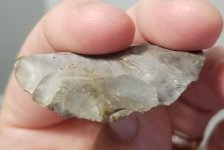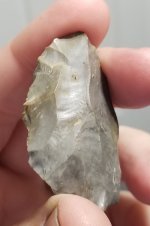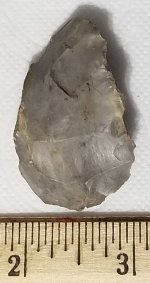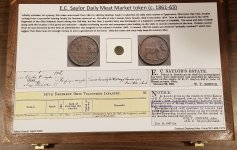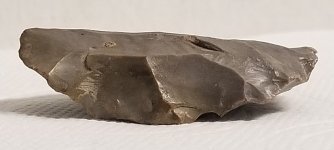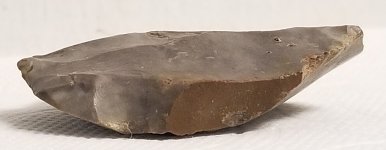invent4hir
Bronze Member
- Aug 1, 2017
- 1,785
- 2,730
- 🏆 Honorable Mentions:
- 3
- Detector(s) used
- Whites V3i & DFX
- Primary Interest:
- All Treasure Hunting
While walking in a local park that was once a farm I came across this. The family who once farmed it found several arrowheads and more there. Is this a N.A. tool? If so, what is it?
Amazon Forum Fav 👍
Attachments
Upvote
10


